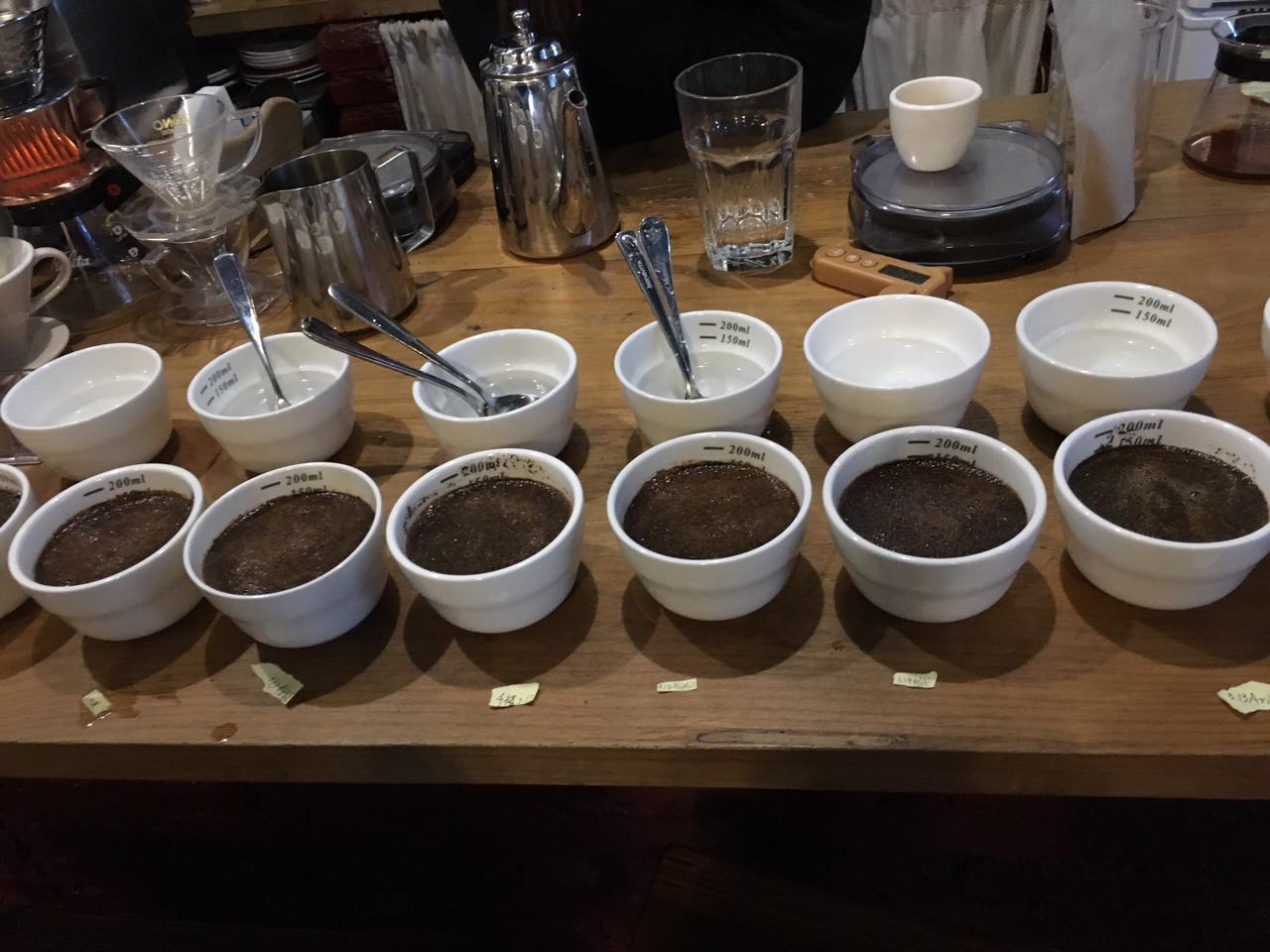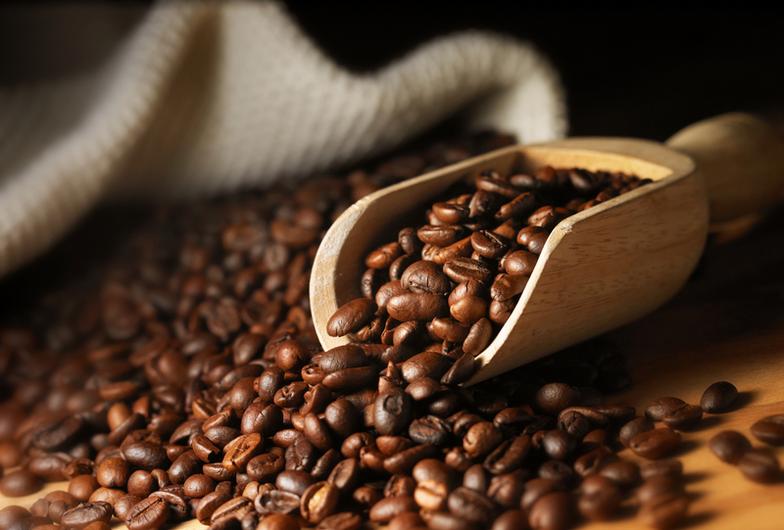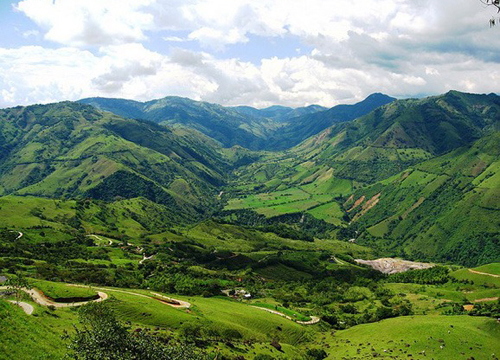6 Steps to Learn to Taste and Identify Coffee
After proper roasting and standard extraction, the coffee looks like a drifting vapor and a dark brown liquid. But after tasting it carefully, it can be found that it has completely different characteristics. These characteristics will be affected by different producing areas, differences in planting height, types of soil, minor changes in climate, the number of Rain Water and other factors. Just like good wine, fine coffee will change slightly from year to year because of regional differences.
Coffee can be tasted and identified in the following six steps:
1. The aroma of ground coffee
two。 The aroma of coffee when brewing
3. The taste after drinking coffee
4. The sense of taste that spreads out into the nose after drinking coffee.
5. The overall feeling after drinking a small amount of coffee
6. The silky and sticky feel of the bottom of the coffee

The taste buds on the human tongue are very wonderful. after the taste buds are stimulated by food, the signals are transmitted to the taste area of the cerebral cortex by nerves (facial nerve / glossopharyngeal nerve / vagus nerve) to produce taste and distinguish the food in the mouth. As for the strong sense of taste, it varies from person to person and will be affected by the surrounding environment and things.
Most coffee tasters still have to undergo professional training and repeated practice in order to enhance their sensitivity to taste.
There are mainly four kinds of taste buds, and their main distribution areas are as follows:
Sweetness: part on the tip of the tongue.
Salty taste: part on the front edge of the tongue on both sides.
Sour taste: part on the back edge of the tongue on both sides.
Bitter taste: part in the root of the tongue.
Spicy: there is no specific taste bud receptor, but a comprehensive stimulation of various taste buds, plus the temperature sensation and pain sensation of the tongue, mouth, and throat.
Important Notice :
前街咖啡 FrontStreet Coffee has moved to new addredd:
FrontStreet Coffee Address: 315,Donghua East Road,GuangZhou
Tel:020 38364473
- Prev

Coffee roasting Learning Coffee basic knowledge Coffee roasting degree City roasting
Cinnamon Roast: cinnamon baking: this is the lightest kind of baking. There is no oil on the surface of the coffee beans. Large coffee bean manufacturers often mix the lightly roasted coffee beans with the coffee beans they sell. Because it can save money and increase the quantity. Cinnamon-roasted coffee beans usually don't appear in. City Roast: urban baking: the first name of baking
- Next

American boutique coffee beans Colombian coffee Colombian black coffee beans Kaddura Tibika
Colombian coffee has the characteristics of sweet in acid and flat in bitterness. because of its suitable concentration, Colombian coffee is often used in high-grade mixed coffee. Have a kind of bitter experience, clear and astringent as life, and bitterness is necessary in life, stop at the end of the tongue is a thorough recollection of the past. Suffering is pain, clear and quiet, the last fragrance has become a kind of spiritual
Related
- How did the Salvadoran coffee industry develop in Central America?
- What exactly does the golden cup extraction of coffee mean?
- The Origin of Coffee flower
- [2023 Starbucks World Earth Day] there are more meaningful things besides free Starbucks coffee!
- What kind of coffee is there in Spain? 9 Flavors of Spanish Coffee
- Aromatic African coffee| Kenya's coffee culture and historical production area
- Liberica Coffee Bean knowledge: the characteristics of Liberian Coffee beans of the three original species of Coffee beans
- The origin and formula of Spanish latte introduces the taste characteristics of Bombon coffee in Valencia, Spain.
- How to adjust the solution of over-extracted coffee
- What is the tasting period of coffee beans? What is the period of coffee and beans? How should coffee wake up and raise beans?

